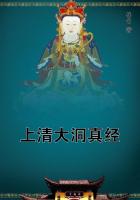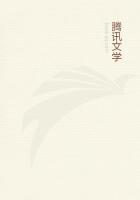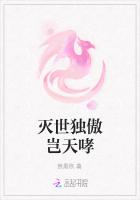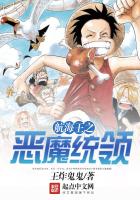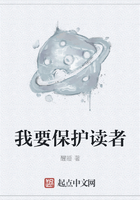The imitations of mediaeval paper, thick, harsh, and dingy, and showing the marks of the wires upon which the fabric was couched, are preferred by men of letters for books and for correspondence, while highly polished modern plate papers, with surfaces much more glossy than any preparation of vellum, are now rejected by them as finical and effeminate.
"There is a popular notion that the so-called inventions of paper and xylographic printing were gladly welcomed by men of letters, and that the new fabric and the new art were immediately pressed into service. The facts about to be presented in succeeding chapters will lead to a different conclusion. We shall see that the makers of playing cards and of image prints were the men who first made extended use of printing, and that self-taught and unprofessional copyists were the men who gave encouragement to the manufacture of paper. The more liberal use of paper at the beginning of the fifteenth century by this newly-created class of readers and book-buyers marks the period of transition and of mental and mechanical development for which the crude arts of paper-****** and of black printing had been waiting for centuries. We shall also see that if paper had been ever so cheap and common during the Middle Ages, it would have worked no changes in education or literature; it could not have been used by the people, for they were too illiterate; it would not have been used by the professional copyists, for they preferred vellum and despised the substitute.
"The scarcity of vellum in one century, and its abundance in another, are indicated by the size of written papers during the same periods. Before the sixth century, legal documents were generally written upon one side only; in the tenth century the practice of writing upon both sides of the vellum became common. During the thirteenth century valuable documents were often written upon strips two inches wide and but three and a half inches long. At the end of the fourteenth century these strips went out of fashion. The more general use of paper had diminished the demand for vellum and increased the supply. In the fifteenth century, legal documents on rolls of sewed vellum twenty feet in length were not uncommon. All the valuable books of the fourteenth century were written on vellum. In the library of the Louvre the manuscripts on paper, compared to those on vellum, were as one to twenty-eight; in the library of the Dukes of Burgundy, one-fifth of the books were of paper.
The increase in the proportion of paper books is a fair indication of the increasing popularity of paper;but it is obvious that vellum was even then considered as the more suitable substance for a book of value."The curious contract belonging to the fourteenth century which follows, is a literal copy of the original.
It does not seem to specify whether the book is to be made of vellum or paper. In other respects the minute details no doubt prevented any misunderstanding between the contracting parties.
"August 26th, 1346--There appeared Robert Brekeling, scribe, and swore that he would observe the contract made between him and Sir John Forber, viz., that the said Robert would write one Psalter with the Kalender for the work of the said Sir John for 5 s. and 6 d.; and in the same Psalter, in the same character, a Placebo and a Dirige, with a Hymnal and Collectary, for 4 s. and 3 d. And the said Robert will illuminate ('luminabet') all the Psalms with great gilded letters laid in with colours; and all the large letters of the Hymnal and Collectary will he illuminate with gold and vermillion, except the great letters of double feasts, which shall be as the large gilt letters are in the Psalter.
And all the letters at the commencement of the verses shall be illuminated with good azure and vermillion;and all the letters at the beginning of the Nocturns shall be great uncial (unciales) letters, containing V. lines, but the Beatus Vir and Dixit Dominus shall contain VI. or VII. lines; and for the aforesaid illumination and for colours he [John] will give 5 s. 6 d., and for gold he will give 18 d., and 2 s. for a cloak and fur trimming. Item one robe--one coverlet, one sheet, and one pillow."

